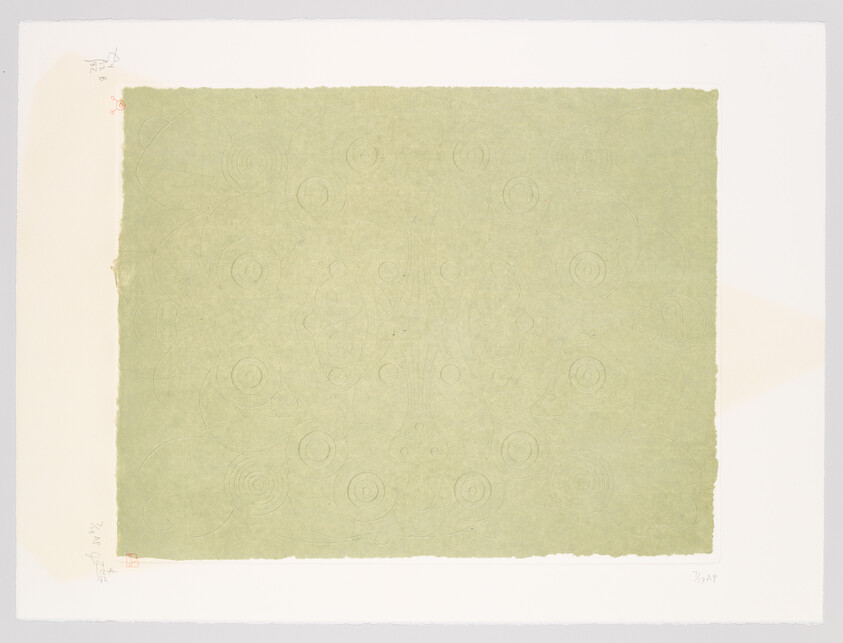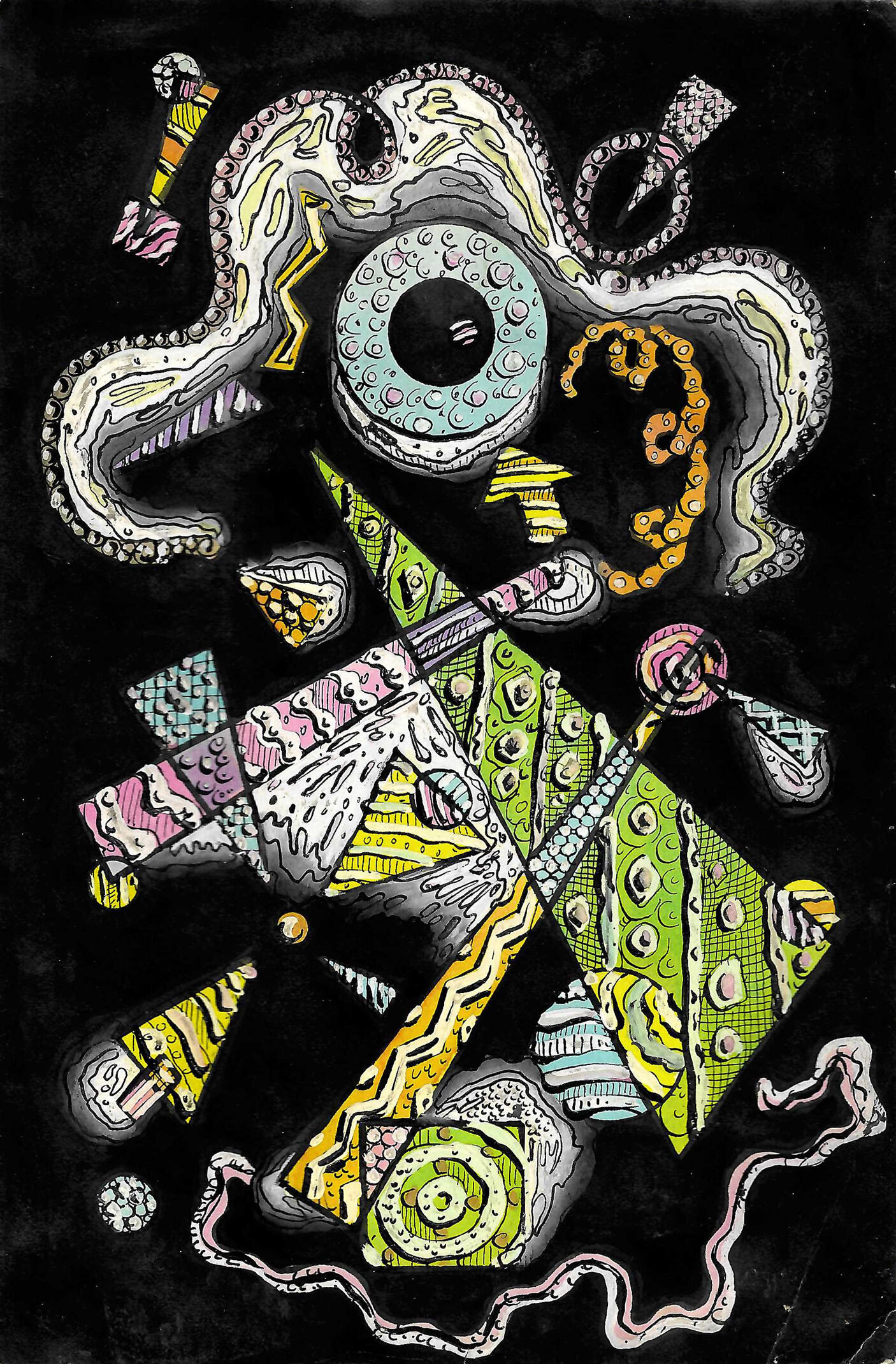Introduction
Sept 8, 2023
0:00
Introduction
0:00
Elisabeth Sussman: Harry Smith is not what you call the typical American artist that's on view at the Whitney. In other words, you could not categorize him as a painter, a sculptor, a filmmaker, a musician, the kind of person you would encounter in our galleries usually. All of those avenues were things that interested him. So, he is definitely an American artist, but he is somebody who is best known to the general public through a folk song collection called The Anthology of American Folk Music.
Narrator: You’re listening to Elisabeth Sussman, one of the exhibition’s four curators. She organized this installation at the Whitney. Feel free to begin exploring the exhibition as you listen to this introduction.
Smith had a deep and wide ranging knowledge of film and painting, and he was especially interested in abstraction. But his creative output wasn’t limited to what we might think of as traditional artistic media.
Elisabeth Sussman: He was interested in objects and things that people made habitually or to use in their lives, and that weren't necessarily classified into what we would consider art with a capital A. He was an obsessive collector in a lot of different areas, but most famously, he was interested in string figures, which he collected from all peoples around the world.
Narrator: In the United States, the best known example of a string figure is Cat's Cradle.
Elisabeth Sussman: And he deciphered the meaning, the language that these string figures represented—they are in the show. He also collected paper airplanes, and that's mostly a New York City collection, where he discovered that there was this kind of folk art, if you like, going on.
This is a deep mind with eccentric interest, that led to the unearthing of a number of intrinsically vernacular, quirky kinds of languages. And that somehow found a way of production of these, bringing them into some sort of material form that we can put into the exhibition, that this person is a non-classifiable artist. I really like this idea. He doesn't fit into any idea of what an artist should do, did do in the twentieth century when he worked. He was own creation. And somebody like this usually slips through the cracks of American culture.
Narrator: As you’ve probably noticed by now, the exhibition architecture is quite different from most museum gallery spaces.
Elisabeth Sussman: I'd describe this exhibition as being an environment with several pavilions that are sculptural. They're not traditional square or rectangular gallery spaces. They are separate pavilions for viewing and listening and learning. They are mostly the design of one of the curators who is Carol Bove, who's a sculptor. And she has derived the shape of these pavilions from shapes that she's found in Harry Smith's, abstract paintings and films.


